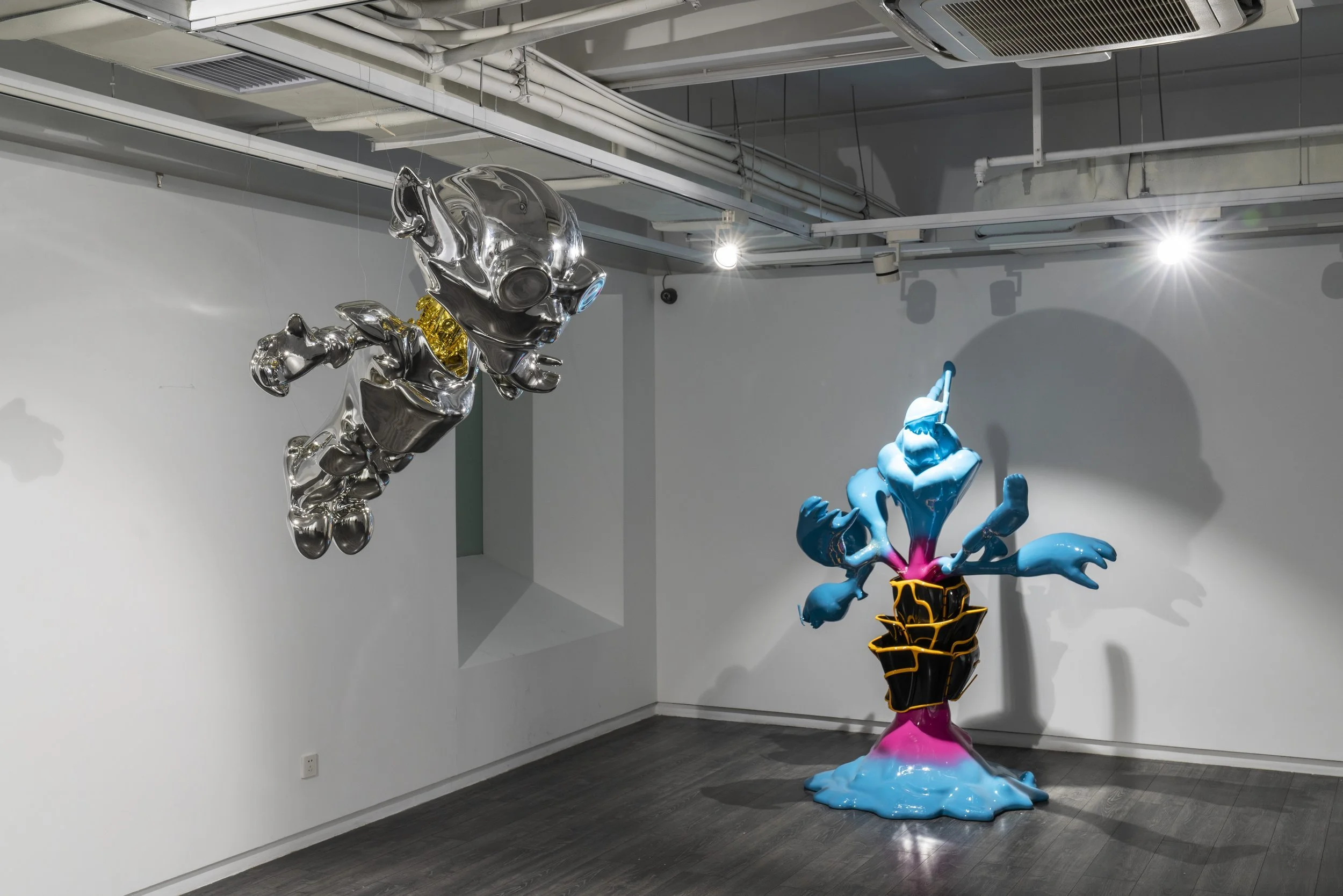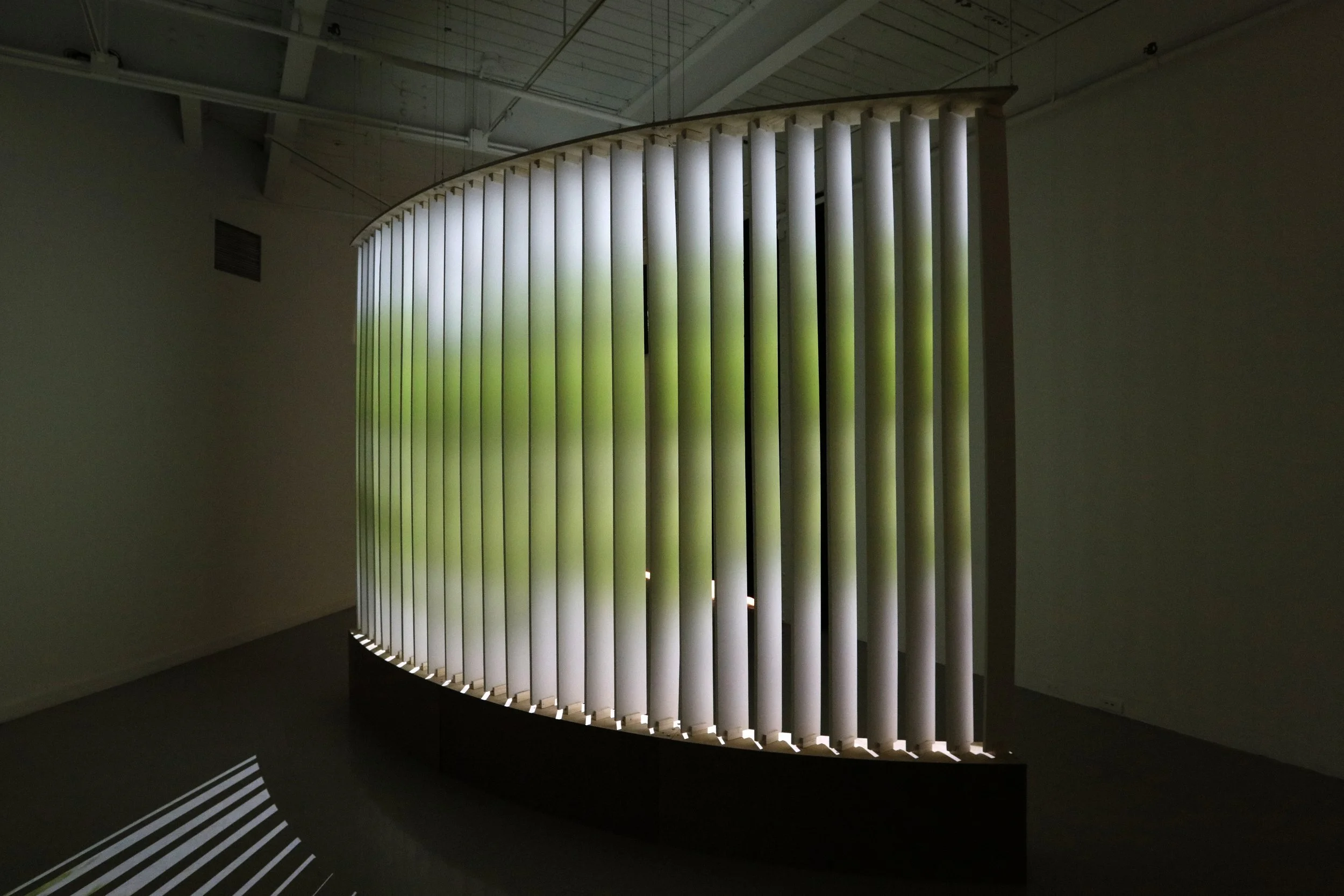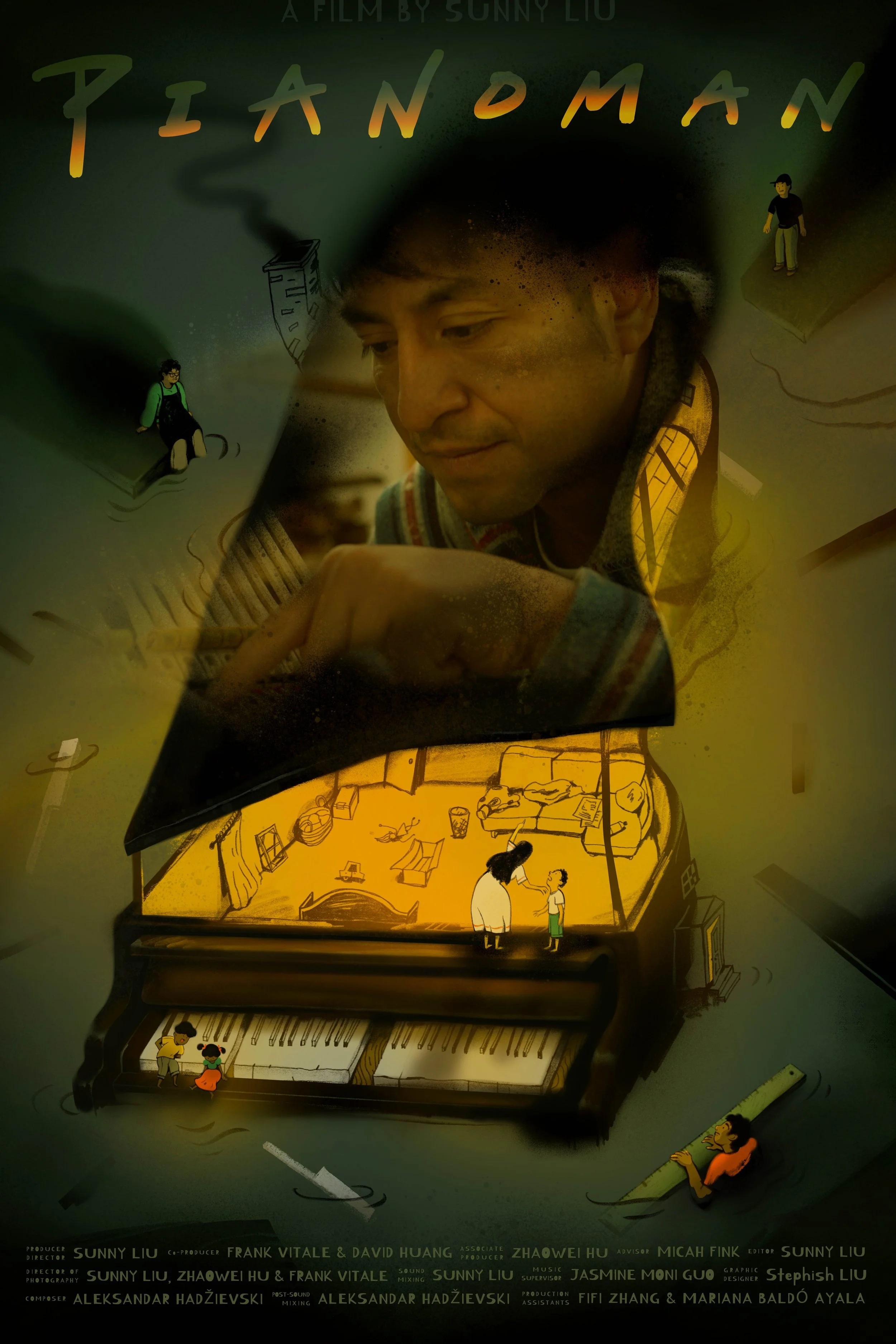10 Questions with Carla Piacenza
Carla Piacenza (b.1979) is an Argentinian artist currently based in Belgium.
She studied film at the National University of Córdoba, Argentina, and completed the Latin American Master of Contemporary Photography at the Image Center of Lima, Peru. She was also part of the online program “Proyecto Imaginario Latinoamérica 2019-2020”.
She had workshops with artists and curators like: Adriana Lestido (AR), Jorge Villacorta (PE), Claudi Carreras (ES), Antoine D ́Agata (FR), Luis Camnitzer (UY-US), Rosângela Rennó (BR), Pablo Ortiz Monasterio (MX), Natalia Iguiñiz (PE), Raimond Chaves (CO), Andrea Josch (CL), Martín Sastre (UY), Fabiana Barreda (AR), Gonzalo Golpe (ES), Fernando Montiel Klint (MX), Mariela Sancari (AR-MX) and more.
Her work addresses issues that are related to nature and human behavior. Thus, she reflects on gender through landscapes and urban views. She explores the sense of identity in society, analyzes migration from her perspective as an immigrant, or proposes a discussion on the environment and climate change. Taking resources from science and psychology and transforming them into visual poetics, the works are presented as hypothetical and experiential ideas seeking to decode a personal argument.
The films taught her to tell stories in all their dimensions. From there, she resorts to the freedom to experiment by using different media and formats for the realization of her projects, be it photography, video, installations or publications.
The mountain had to relent | DESCRIPTION
The series The mountain had to relent proposes a visual approach and reflection upon the struggle of women in a phallocentric society.
By exploring the elements of the natural environment in the Andean geography and incorporating its symbology within a poetic-visual framework, two metaphors happen where the man who is represented by the mountain begins to be embraced by the woman water until finding a balance. The same happens with the urban images inserted over the previous ones. The presence of women takes an active and change position vis-à-vis men, confronting the divergences of a devaluing system.
The Mountain Had To Relent 001, photography, 60x90, 2018. Carla Piacenza©
INTERVIEW
You use very different mediums, like photography, video and installations. Could you tell us a little more about your background? How did you start experimenting with these mediums?
I started my career in Cinema because I liked photography and I felt that cinema was going to give me more tools to work with. Over time, photography allowed me to develop personal and individual projects. And as I became more committed to my artistic career, I began to take from these other ways of telling, be it the narrative of cinema, the use of video or sound, the photobook or the different formats and cameras. I believe that each project finds its shape and better transmits the concept according to the means used to create it. I like that challenge of experimenting and playing with new media.
What is your personal aim as an artist?
I tell from the day-to-day and the simple but creating layers of ideas that, through those familiar images, make the story more complex.
My works propose an analysis and are enriched as more than one reading of them is made. What sometimes, searching between layers, metaphors, and meanings turns it into a game. And depending on the desire you have to play; you can connect more or less with the artwork.
I am interested in unleashing feelings and questions in public. That the work of art can entertain, but also leave a sense or an idea to think about and, hopefully, lead to action.
The Mountain Had To Relent 003, photography, 60x90, 2018. Carla Piacenza©
About your project "The Mountain Had to Relent," you say, "The series proposes a visual approach and reflection upon the struggle of women in a phallocentric society." What are the biggest struggles you and fellow women artists still have to face today?
Many changes have been achieved in the arts and in society, after many years of struggle by women related to feminist movements or driven by the need for transformation. But these struggles are too big. They take a long time to see the results not only in the cultural but also in the social aspects.
"The mountain had to relent" presents the effort and daily fight of women and shows some changes such as the act of "uncovering the eyes", with the aim that through these images, the accomplishments are seen, and this impulses people to do more.
However, we must still continue to educate and do more towards an inclusive society through art and our daily lives while we work to have more presence and visibility.
The striking contrast between natural landscapes and urban scenes is a subtle but powerful metaphor of the relationship between men and women. How did you come up with this idea?
Both the natural landscapes and the urban images narrate female empowerment as a process that increases until the balance is obtained.
Natural landscapes use the metaphor of the man symbolized by the mountain and the woman represented by the water. This metaphor is found in several legends of Latin American native communities, where nature exemplifies and is part of their worldview. These images are a beautiful and poetic way of talking about the topic.
The urban is the most elementary representation of society. It is recognizable and allowed me to be more precise and concrete with the idea of uncomfortable situations, challenging looks, and the paradigm shift. In this way, it is possible to see the cruelness, pain, and what motivates action every day.
The Mountain Had To Relent 004, photography, 60x90, 2018. Carla Piacenza©
The Mountain Had To Relent 005, photography, 60x90, 2018. Carla Piacenza©
What was the most challenging part of your project?
I started and developed this project within the framework of the Latin American Master in Contemporary Photography at Centro de la Imagen in Lima. The number of looks, the different ideas, and the lengthy work process was definitely a challenge. In that journey, it was important to understand what I wanted to communicate and, in that tangle of ideas, to be able to simplify and decrypt. And then to translate the idea in my way of telling.
Creation proposes many stages of work, and every project has its times. I found the final edition of "The mountain had to relent" long after finishing the master's degree. I thought I tried forms and edits until I felt that I communicated clearly and accurately.
Your work (in general) reflects on primary issues of our time, like climate changes, identity, and gender. Where do you find inspiration, and how do you channel it into your work?
I believe that my great questions, passions, and disappointments are about nature and human behavior. These, probably derived from the most basic and existential questions. From there emerge these sub-themes such as climate change, identity, and gender. The ideas come from my experiences and concerns. And although the themes are universal, I tell them from my particular point of view but without personalizing the story too much. I tell a story, a little mine, a little yours, a little of everyone.
The origins of each project are born in different ways. Sometimes the idea appears as questions or hypotheses, and from there, I look for a way to express them visually. Other ideas appear in the images, which play as triggers from where I continue to create.
I find the images outside, in nature. Lately, the way to create is to find specific places that help me tell the story and travel there to produce that artwork. After the trip, I process, edit, assemble, and complete the project inside, at my house.
Everything inspires me: the excitement of knowing new places, the tension and stress of producing in a certain time; and, later, the calm of being at home, the emotion of finding details in the images, of new connections, seeing that the concept grow, the stress of not finding something, the discarding of images, the new ideas, continuing producing more until I reach the end; they are part of my roller coaster of creating.
The Mountain Had To Relent 002, photography, 60x90, 2018. Carla Piacenza©
The Mountain Had To Relent 006, photography, 60x90, 2018. Carla Piacenza©
What do you hope that the public takes away from your work?
"The mountain had to relent" should make us feel less alone, and, hopefully, it will serve to start a debate or a conversation and make us talk more about women's rights, about the way we look and feel. I hope that the public can take what they need: a word, a feeling, an image, an experience. Something that encourages them to ask, to wonder, to discuss, to explain, and to do.
You also teach photography; what advice can you give to beginning artists?
There are fewer and fewer limits to create, the media abound, the ways of showing too. It is a good time for you to let all that freedom trample on your excuses and fears. If you have something to tell, believe in your idea and believe in yourself as an artist. Do and show.
The Mountain Had To Relent 007, photography, 60x90, 2018. Carla Piacenza©
And what was one lesson you learned over the past year?
This world event taught me that the unpredictable generates movement. So I did: I kept training and learning, I traveled when I could, I took a few photos and videos, I went for a walk, got angry, sat down to think. I kept working on projects, cooked a lot of sweet things, locked myself in, worked, rested, got bored, I sent my projects to calls and open calls, I exhibited virtually, and I did a lot of financial stuff.
Finally, what are your plans for 2021 and the future in general?
I recently moved to Europe to explore and discover a new art scene. I still have a lot to do, there are many places, organizations, artists, and cultural managers to meet. Also, there are different styles, shapes, points of view that I am interested in learning and understanding.
In parallel, this year, I am going to continue exhibiting artworks, and as always, I want to finish projects that I have been working on and develop new works.

























